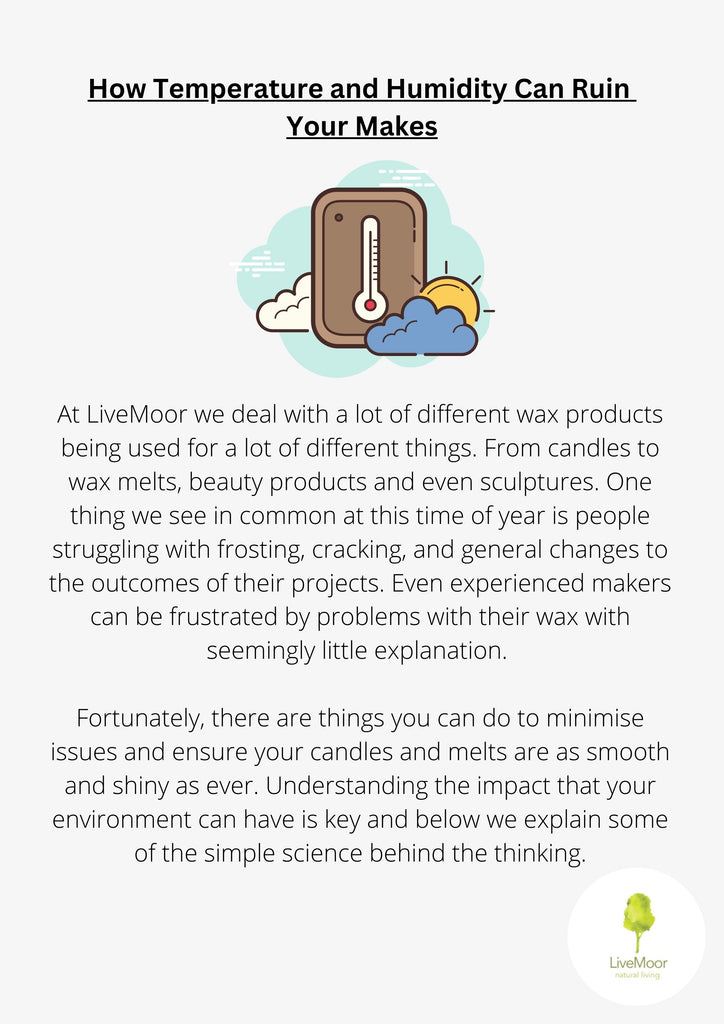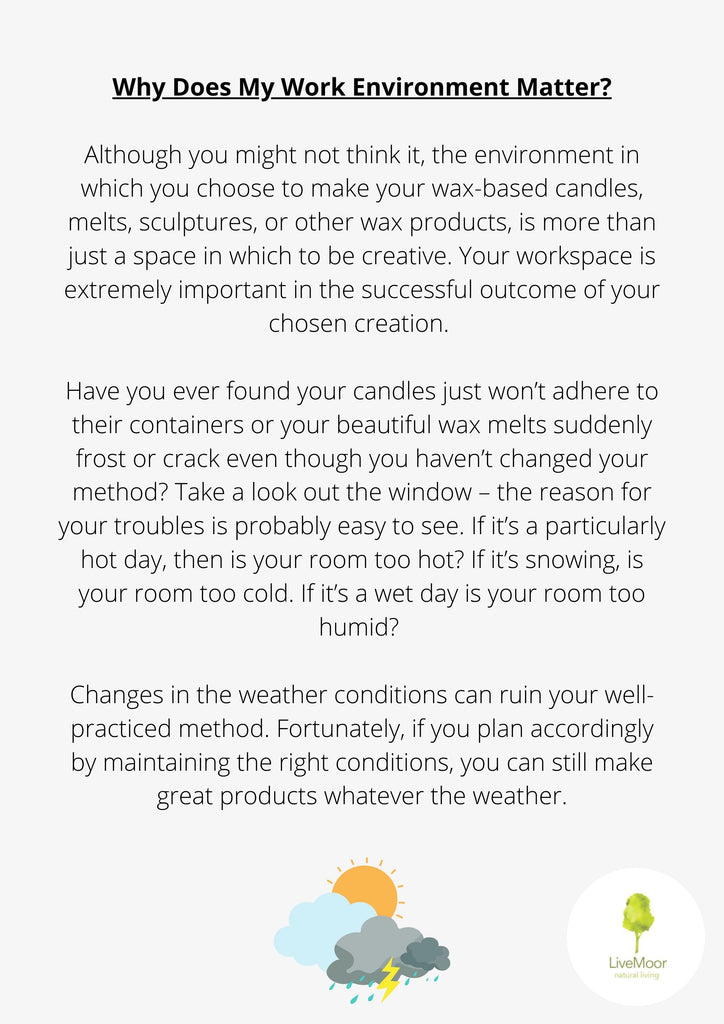Your basket is empty
Looks like you haven't added anything to your basket yet



How Temperature and Humidity Can Ruin Your Makes








- Choosing a selection results in a full page refresh.
